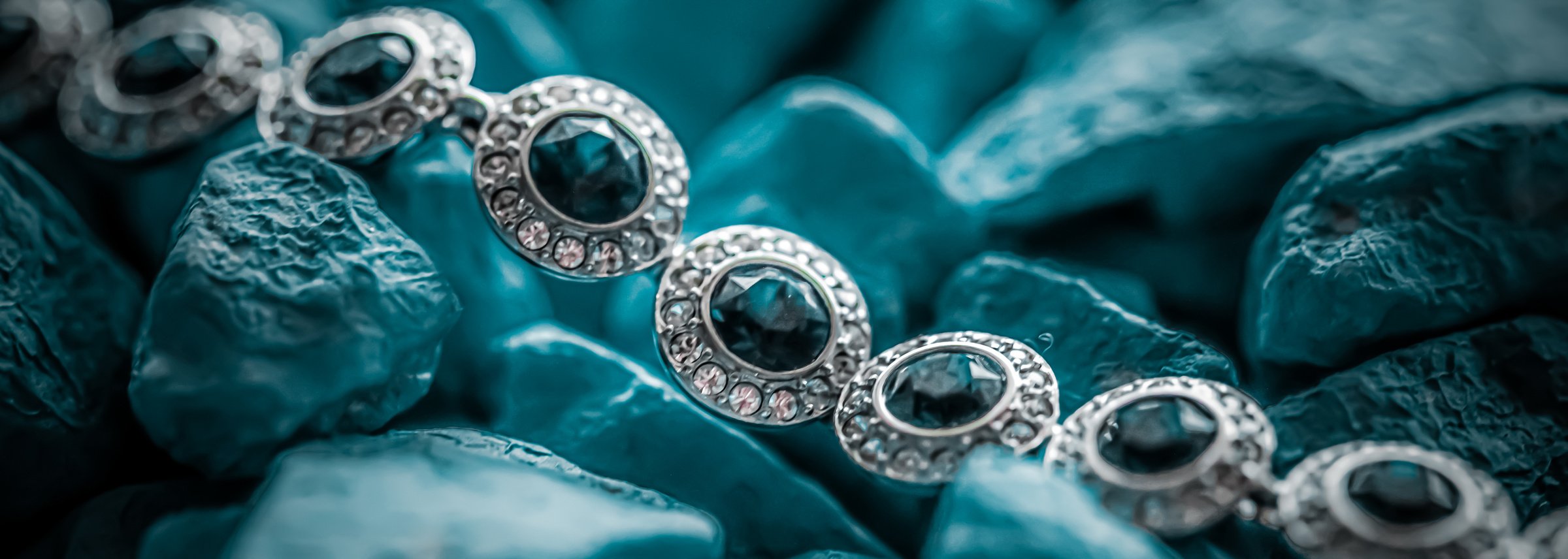JEWELLERY MANUFACTURING PROCESS:
While manufacturing any product some costs get involved in its process in the form of fixed and variable manufacturing costs. As the cost of various products is based on the quality specifications of that product it happens also in case of Jewellery. Jewellery as a product can be classified in various categories such as pure Gold Jewellery. Diamond Jewellery, Kundan Jewellery etc. Moreover, their design specifications also contribute in its manufacturing.
Jewellery Manufacturing is a matter of creativity. First of all the design comes in the mind than a blue print of that design is drawn on paper. Moreover, it is a kind of assembling and jointing various gold parts like flowers, small balls and gold leafs, wire etc. In this way the process of manufacturing Jewellery passes through various interlinked sub-processes starting from melting the gold and ends with polishing the Jewellery. Now a days in Jewellery industry two main processes of manufacturing are popular i.e. traditional method and modern method of manufacturing.
Jewellery manufacturing process includes most advance technologies and dedicated research. Jewellery making is a very composite process undergoing a long and slow procedure making it tough from the initial point to the finishing point. Each product undergoes a series of procedures before we get the finished product as a beautiful Jewellery product.
The natural components of Jewellery (stones, metals, and accessories) passes through multiple processes. These jewellery is unique and involve a lot of time and skill. Except for personalized Jewellery which is handcrafted, most of the jewellery is executed by casting machines.
The completed jewelry piece is used to create a high-tech mold, which is then used to make wax reproductions. Skilled molders transform the detailed sketch into a master mold that forms the foundation for the entire process. The master mold is a crucial element, as the final outcome relies on it.
After the application of the wax it is set in the mould according to the design. The appropriateness of this act ensures the quality of the final product.
mechanical finish is required to be made as the mould can not be exact according to the size and cut of diamond. This mechanical finish ensures the appropriate space and gap for fixing a diamond in the Jewellery.
In some cases where the piece of the diamond is a bit big it is set with manual help. The reason of such requirement is that machines deal with a standard size of diamond and in case of specific size and cut a manual setting is required.
MECHANICAL FINISH
MANUAL SETTING
MOLDING
WAX SETTING
STEP BY STEP PROCESS
1
2
3
4
5
6
7
8
9
CASTING
dESIGN
The process begins with designing the jewelry piece. This can be done by a jewelry designer who creates sketches or computer-aided design (CAD) models. The design takes into account factors such as aesthetics, materials, and functionality.
Casting requires skilled casters. Wax replicas are placed in steel containers filled with chemical powder, heated to 550°C. The powder solidifies, melting the wax and creating a flawless effect. Molten metal is poured into the molds, allowed to cool, and then removed, revealing the jewelry in its cast form.
DIAMOND ASSORTMENT
ASSEMBLY
Now the work of assembly is done with the help of these parts in the form of gold part and diamond piece. A required change may be needed at this level. This work of assembly is done with the help of machines.
POLISHING
Once the assembly work is completed, each part undergoes polishing while the mount is being constructed. The entire mount is meticulously cleaned and polished to achieve a smooth and attractive finish. To ensure thorough removal of polishing compounds, all chemicals are carefully washed by hand or cleaned using appropriate cleaning baths.
After wax setting diamond assortment is made because the diamond piece/ pieces are required to be fitted in this Jewellery according to the size and shape of the diamond.






